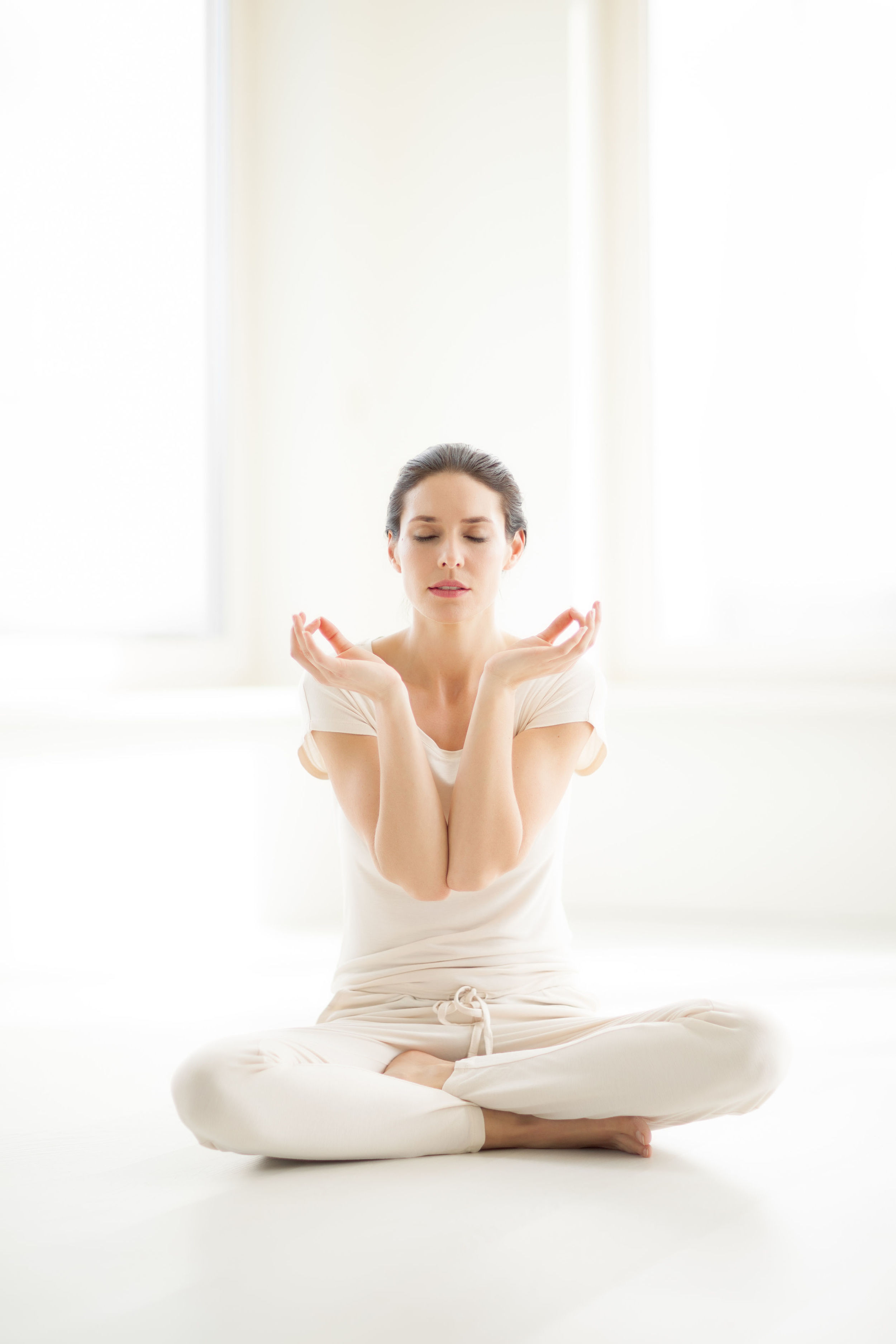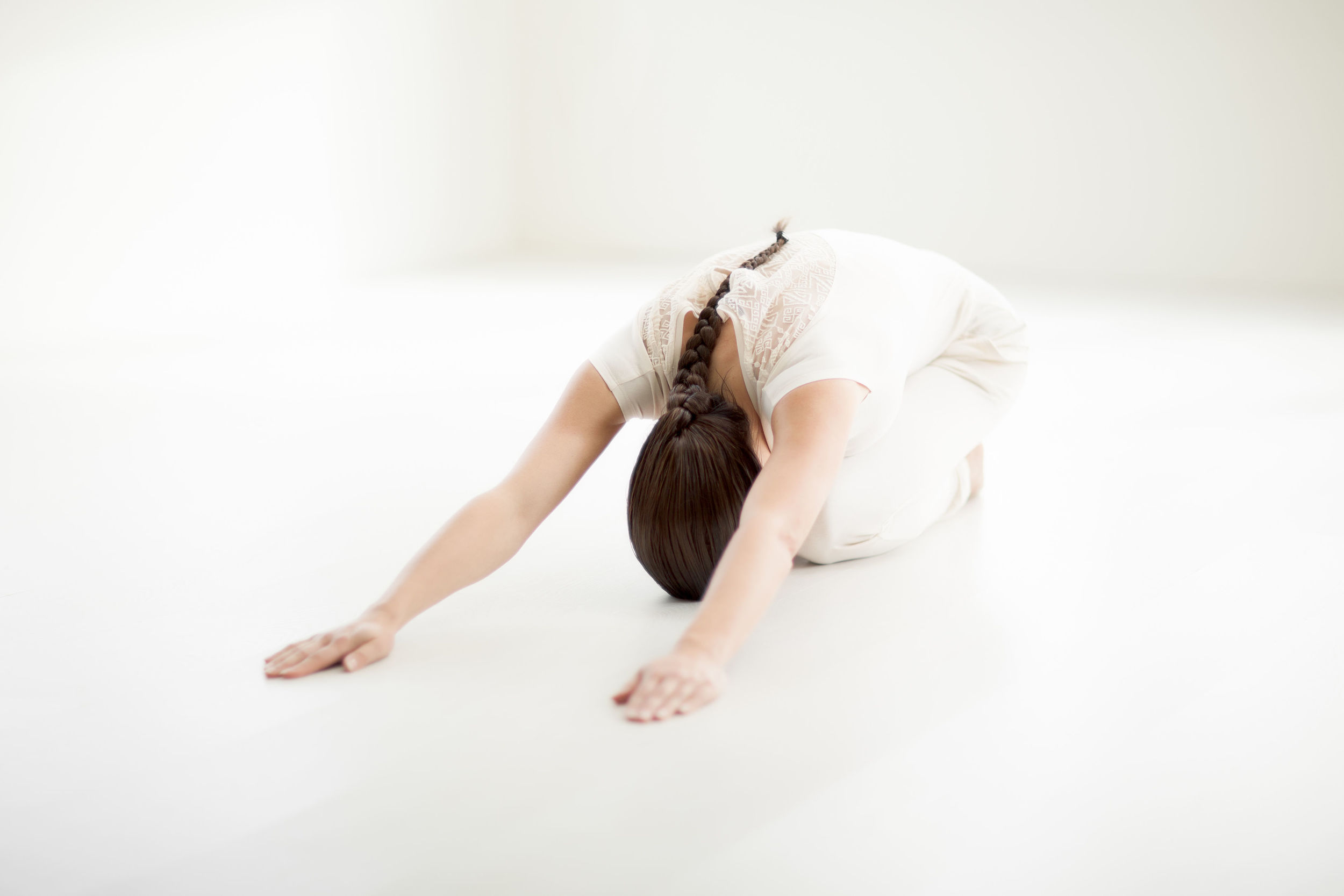The Best Yoga Books
The definitive guide to the philosophy and practice of Yoga--the ancient healing discipline for body and mind--by its greatest living teacher. Light on Yoga provides complete descriptions and illustrations of all the positions and breathing exercises. Features a foreword by Yehudi Menuhin. Illustrations throughout.
In the Bhagavad Gita, Prince Arjuna asks direct, uncompromising questions of his spiritual guide on the eve of a great battle. In this expanded edition of the most famous —and popular — of Indian scriptures, Eknath Easwaran contextualizes the book culturally and historically and explains the key concepts of Hindu religious thought and the technical vocabulary of yoga. Chapter introductions, notes, and a glossary help readers understand the book’s message. Most importantly, this translation uses simple, clear language to impart the poetry, universality, and timelessness of the Gita’s teachings.
As more and more people in the West pursue yoga in its various forms, whether at traditional centers, in the high-powered atmosphere of sports clubs, or on their own, they begin to realize that far from being just another exercise routine, yoga is a discipline of the body and the mind.
The 365 meditations incluided in this book offer a way to integrate the mindfulness that yoga teaches into everyday life. Whether used in the morning to set the tone for the day, during yoga exercise itself, or at the end of the day, during evening reflection, Meditations from the Mat will support and enhance anyone’s yoga journey.
The best-selling anatomy guide for yoga is now updated, expanded, and better than ever!
With more asanas, vinyasas, full-color anatomical illustrations, and in-depth information, the second edition of Yoga Anatomy provides you with a deeper understanding of the structures and principles underlying each movement and of yoga itself.
From breathing to inversions to standing poses, see how specific muscles respond to the movements of the joints; how alterations of a pose can enhance or reduce effectiveness; and how the spine, breathing, and body position are all fundamentally linked.
Whether you are just beginning your journey or have been practicing yoga for years, Yoga Anatomy will be an invaluable resource—one that allows you to see each movement in an entirely new light
The first yoga text to outline a step-by-step sequence for developing a complete practice according to viniyoga--yoga adapted to the needs of the individual.
• A contemporary classic by a world-renowned teacher.
• This new edition adds thirty-two poems by Krishnamacharya that capture the essence of his teachings.
Sri Tirumalai Krishnamacharya, who lived to be over 100 years old, was one of the greatest yogis of the modern era. Elements of Krishnamacharya's teaching have become well known around the world through the work of B. K. S. Iyengar, Pattabhi Jois, and Indra Devi, who all studied with Krishnamacharya. Krishnamacharya's son T. K. V. Desikachar lived and studied with his father all his life and now teaches the full spectrum of Krishnamacharya's yoga. Desikachar has based his method on Krishnamacharya's fundamental concept of viniyoga, which maintains that practices must be continually adapted to the individual's changing needs to achieve the maximum therapeutic value.
In The Heart of Yoga Desikachar offers a distillation of his father's system as well as his own practical approach, which he describes as "a program for the spine at every level--physical, mental, and spiritual." This is the first yoga text to outline a step-by-step sequence for developing a complete practice according to the age-old principles of yoga. Desikachar discusses all the elements of yoga--poses and counterposes, conscious breathing, meditation, and philosophy--and shows how the yoga student may develop a practice tailored to his or her current state of health, age, occupation, and lifestyle.
This valuable book provides a complete manual for the study and practice of Raja Yoga, the path of concentration and meditation. This new edition of these timeless teachings is a treasure to be read and referred to again and again by seekers treading the spiritual path. The classic Sutras (thought-threads), at least four thousand years old, cover the yogic teachings on ethics, meditation, and physical postures, and provide directions for dealing with situations in daily life. The Sutras are presented here in the purest form, with the original Sanskrit and with translation, transliteration, and commentary by Sri Swami Satchidananda, one of the most respected and revered contemporary Yoga masters. In this classic context, Sri Swami offers practical advice, based on his own experience, for mastering the mind and achieving physical, mental, and emotional harmony.
This book offers a scientific approach to understanding the practice of hatha yoga. Through four-color, three-dimensional illustrations of major muscles, tendons, and ligaments, Ray Long describes the practice and benefits of hatha yoga. Specific anatomical and physiological descriptions highlight the agonist, antagonist, and synergist muscles that come into play with each pose. Volume I of the series describes the key muscles of hatha yoga and how they are utilized. From beginners to experts, this book will become a constant companion.
Teaching Yoga is an essential resource for new and experienced teachers as well as a guide for all yoga students interested in refining their skills and knowledge. Addressing 100% of the teacher training curriculum standards set by Yoga Alliance, the world's leading registry and accreditation source for yoga teachers and schools, Teaching Yoga is also ideal for use as a core textbook in yoga teacher training programs.
Drawing on a wide spectrum of perspectives, and featuring more than 150 photographs and illustrations, the book covers fundamental topics of yoga philosophy and history, including a historical presentation of classical yoga literature: the Vedas, Upanishads, Bhagavad Gita, Yoga Sutras of Pataljali, and the main historical sources on tantra and early hatha yoga. Each of the eleven major styles of contemporary yoga is described, with a brief history of its development and the distinguishing elements of its teachings. Exploring traditional and modern aspects of anatomy and physiology, the book provides extensive support and tools for teaching 108 yoga poses (asanas), breathing techniques (pranayama), and meditation. Teaching Yoga offers practical advice for classroom setup, planning and sequencing classes, as well as the process involved in becoming a teacher and sustaining oneself in the profession. The book has over 200 bibliographic sources, a comprehensive index, and a useful appendix that lists associations, institutes, organizations, and professional resources for yoga teachers.



















